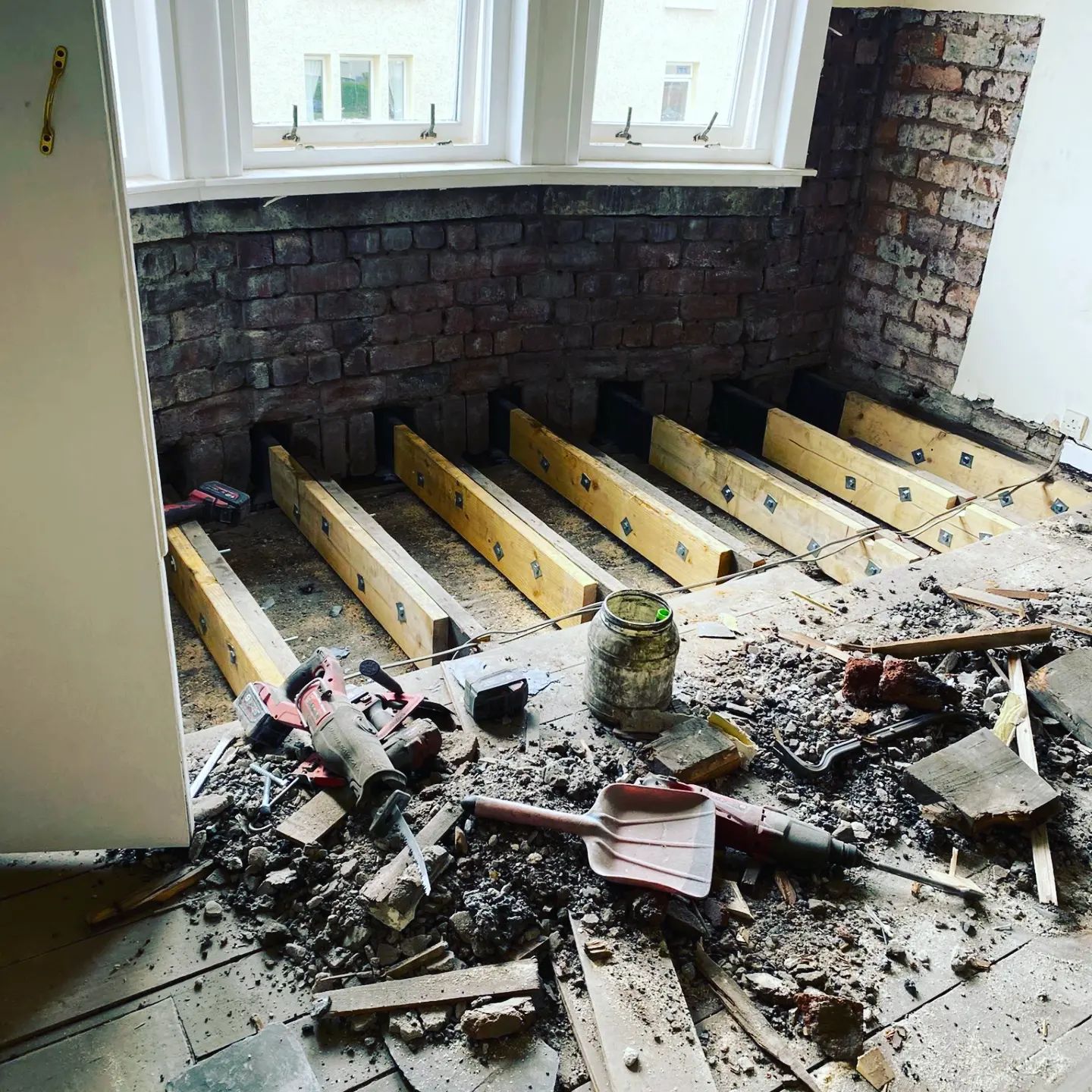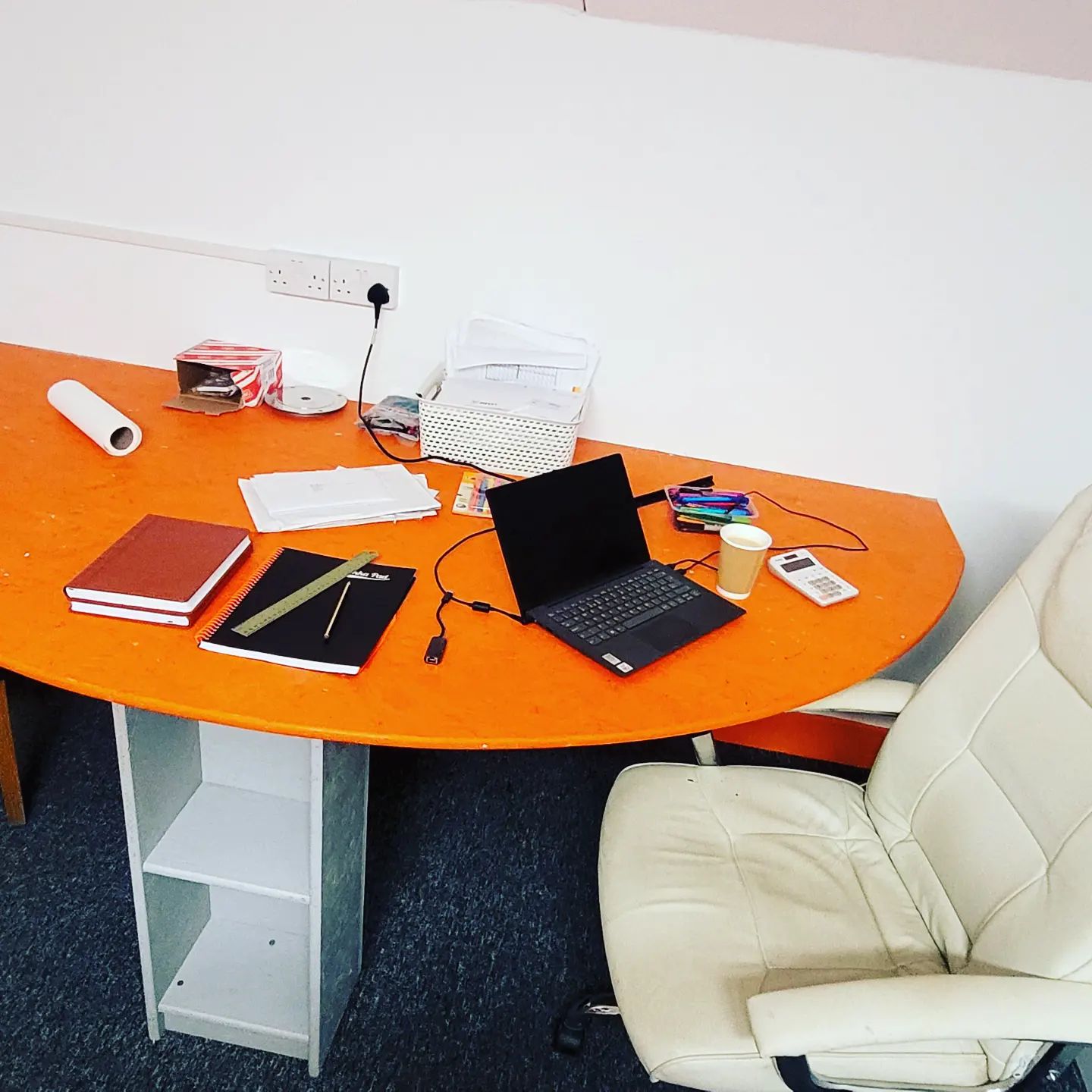
New addition to fleet
The newest member of our fleet is signed up and ready to work, our surveyor will be using this vehicle,

Project Type:
Location
Property Type
In a recent endeavor focused on structural preservation, SMPS undertook a vital mission to combat dry rot in a project that exemplifies proactive maintenance and conservation efforts. The intervention, characterised by meticulous structural timber repairs and targeted chemical treatments, aimed to address the pervasive threat of dry rot fungus, ensuring the longevity of the affected structures.
Dry rot, a persistent fungal infestation, poses a significant risk to timber structures by silently compromising their integrity. Its ability to thrive in damp, poorly ventilated environments makes it a formidable adversary for building preservation efforts. Consequently, the recent job underscored the importance of swift and decisive action to mitigate the damage caused by dry rot.
At the heart of the intervention were structural timber repairs, guided by expert craftsmanship and a commitment to preserving the structural integrity of the buildings. Through thorough assessments, specialists identified areas of damage inflicted by the fungus and implemented precise repair strategies. Damaged timber elements were carefully replaced with treated alternatives, ensuring structural stability while adhering to conservation principles.
Complementing the timber repairs were targeted chemical treatments designed to eradicate existing infestations and prevent future recurrence. These treatments, meticulously applied by trained professionals, penetrated deep into the timber substrate, neutralising the fungal threat at its source. By creating a protective barrier against future infestations, the treatments bolstered the resilience of the restored structures, safeguarding them against further deterioration.
Central to the success of the project was the expertise of the specialists involved, whose nuanced understanding of fungal behavior and preservation techniques informed every aspect of the intervention. Their collaborative approach fostered a sense of trust and confidence.
As the project concluded, its impact reverberated beyond the immediate restoration efforts. It served as a testament to the effectiveness of proactive maintenance in preserving the ongoing battle against decay. Moreover, it emphasised the need for continued vigilance and investment in conservation practices to ensure the longevity of our properties.

The newest member of our fleet is signed up and ready to work, our surveyor will be using this vehicle,

Our Surveyors new office is now complete at our premises in Johnstone. A nice touch of our brand colours incorporated
Lorem ipsum dolor sit amet, consectetur adipiscing elit. Ut elit tellus, luctus nec ullamcorper mattis, pulvinar dapibus leo.